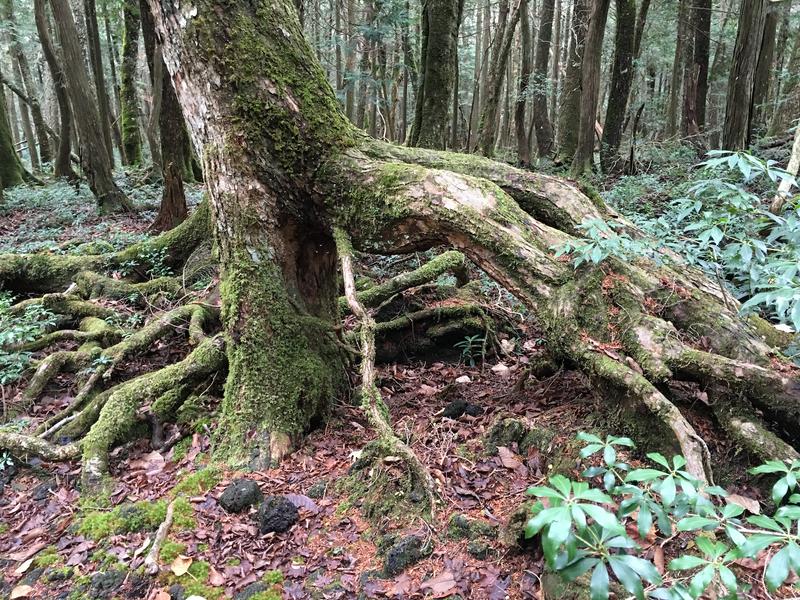Real Places That Are Really Creepy
By | November 21, 2018

If you’ve seen the 2016 movie, The Forest, then you should already be familiar with Aokigahara Forest. Nicknamed the “Sea of Trees,” it lies at the edge of Mount Fuji on a bed of hardened lava. Due to the fertility of the land, the roots of the trees often grow so large that the trees appear to be walking. However, it is the number of suicides, rather than the unusual appearance of the trees, that gives this forest its reputation. The most recent recorded number of suicides was 105 in 2003. They haven’t stopped since then, but the police have stopped releasing the numbers in an attempt to disassociate the area with the suicides. The 2016 movie built upon the myth that the forest is haunted by yurei, a Japanese ghost, possibly a result of the elderly who were allegedly abandoned there in the 19th Century, in a practice known as ubasute. However, a likelier scenario is that the high number of suicides can be attributed to two books, Tower of Waves by Seichō Matsumoto published in the 1960s and The Complete Manual of Suicide by Wataru Tsurumi published in 1993. Tower of Waves tells the story of a couple who commits suicide in the forest. Tsurumi’s book; however, describes the forest as the ideal place to end it and describes the best parts of the forest to avoid being discovered.



When looking at a picture of Mount Everest like the one above, the adjectives most likely to come to mind are ones like “beautiful” or “majestic.” The word “creepy” would not even make the list. But what many people don’t know is that Mount Everest is littered with the bodies of climbers who attempted to reach the peak and never made it back down. There have been more than 250 deaths on Mount Everest, most of which occurred at an elevation above 26,000 feet, in an area known as the “death zone.” Clearing the mountain of these bodies is both expensive and dangerous. There have been attempts in recent years to at least remove the bodies from the paths, two in particular which have gained nicknames from the other climbers who had to pass by them to complete their own climbs. Some climbers prepare for the possibility of their death by making arrangements in advance for their body to be retrieved, but there are others who actually prefer to have their remains immortalized on the mountain.

The Darvaza Gas Crater, which lies in the Karakum Desert of Turkmenistan, has earned the nickname “The Door to Hell” due to the fact that it has been burning for nearly half a century. It started in 1971 when a group of geologists began drilling in what they believed to be an oil field but was actually a cavern of natural gas which collapsed under the weight of their equipment. The result was a series of craters, the largest of which was 230 feet in diameter and 65 feet deep. The collapse caused methane to be released, killing animals in the area and posing a risk of explosion. The geologists thought lighting it on fire would burn away the gas within a few weeks, but they had no idea how much gas was actually in the crater. In 2010, the president of Turkmenistan expressed an intention to fill the crater, but that hasn’t come to pass and “The Door to Hell” continues to burn today.
There are places in this world that are amazing. There are places that are mysterious. But there are also places that are just downright creepy.

